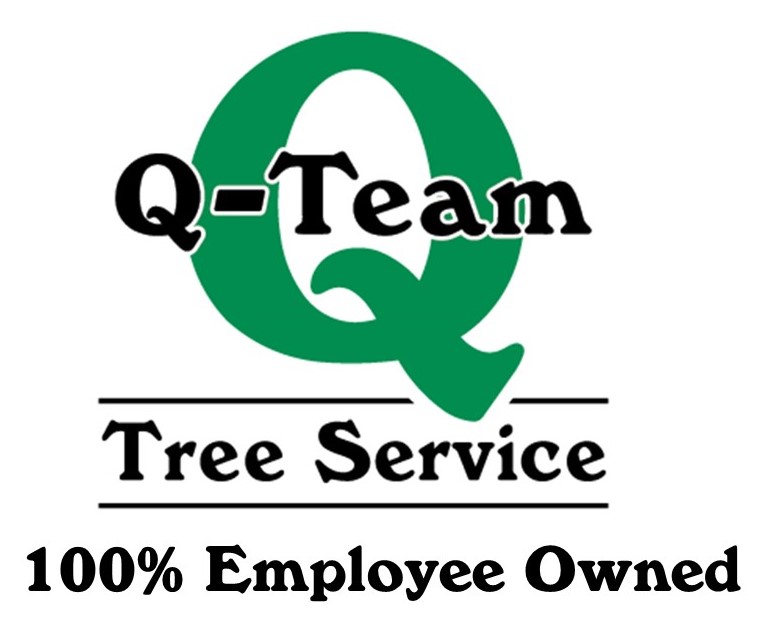Often we receive calls from people who are concerned about a neighbor’s tree, and wondering what legal and ethical rights they have in the matter. While I’m not a lawyer, I can’t give legal advice, only the benefit of my experience of working with the different scenarios for the past 30 years. Over the years, I’ve been directly or indirectly involved in numerous situations where, in the case of tree damage, insurance company policies have come into play about who pays for what.
Naturally, I would encourage all property owners to work with and cooperate with their neighbor’s in the name of safety and security for both parties. That’s just a part of being a good neighbor. But, it’s nice to have a few guide-lines to go by in the process. While there are exceptions to every rule, here’s what I’ve seen as standard practice:
To begin with, there is a common misconception regarding trees that are located directly on a property line, that a property owner can legally remove every-other-tree. That’s not true, the consent of both property owners is required to remove the tree. What about limbs overhanging the property line? Think of the property line as a vertical invisible wall. In general, you can remove any limb, or part of a limb, that is on your side of the wall, as long as it doesn’t cause damage to your neighbor’s property.
What if a neighbor’s tree falls today, and damages your property? The courts and/or the insurance company, if either become involved, will likely declare that it was “an act of God” and it’s your responsibility. What if you feel your neighbor has a hazardous tree or limb that is threatening your property? The first thing to do would be to get an arborists opinion to see if it really is an elevated threat. If it is, the neighborly thing to do would be to ask the neighbor to remove the threat, or at the very least, let you remove it. I’ve seen many cases where neighbors have split the cost to remove such a threat. In the rare case where the neighbor refuses to cooperate in taking care of an actual threat to your property, you will need to officially notify them, in some provable way, about your request that they remove the threat. This puts the responsibility back on them to take care of the threat or be liable if anything happens.
I’ve seen cases where, in severe weather, such as a hurricane, everyone’s trees end up on everyone else’s property. The question often comes up about who is responsible to pay the bill. The standard procedure, in these cases, is that each landowner will take care of the damage and cleanup on their own property, regardless of where the tree(s) came from.
Hopefully, this information will help clarify some common property line tree issues so that neighboring property owners will be better educated about what is, or isn’t, expected of them. Everyone appreciates a good neighbor.

